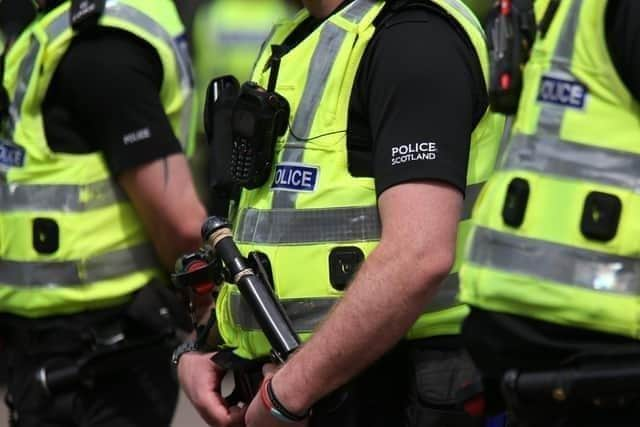Professor James Chalmers: Communication essential to avoid ‘undue fears’ over Hate Crime Act


Scotland’s Hate Crime and Public Order (Scotland) Act 2021, which comes into force on the 1st April – a surprising choice of date – is less rushed and radical than some of the Act’s opponents might argue.
The 2021 Act is the culmination of a process starting in 1997, when a senior judge (Lord Bracadale) was asked to conduct an independent review of Scotland’s hate crime laws. Such laws have existed for decades, scattered across different pieces of legislation. The new Act consolidates them in one place, making some important changes at the same time.
Advertisement
Hide AdAdvertisement
Hide AdIn law, hate crime takes two forms. The first is “aggravations”. If someone does something which is a crime in its own right – such as an assault – it can be labelled as “aggravated” if, in committing the crime, they demonstrate or are motivated by “malice and ill-will” towards a protected characteristic, such as race. Racial aggravation was introduced into the law in 1998: over time, religion, disability, sexual orientation and transgender identity have been similarly protected. The new Act adds age to that list. It doesn’t add sex, where the Scottish Government commissioned a review by Helena Kennedy on criminalising misogyny and has committed to bringing standalone legislation forward later this year.
The second form is “stirring up” offences. An offence of stirring up racial hatred has existed since 1965. The new Act creates offences of stirring up hatred against a group defined by reference to a longer list of protected characteristics (age; disability; religion; sexual orientation; transgender identity; variations in sex characteristics). These offences are narrower than the racial hatred one, in particular because they require proof of an intention to stir up hatred (for racial hatred, it is enough that the accused’s behaviour would likely have that result).
Anyone stirring up hatred against such a group is almost certainly already committing a crime, such as threatening or abusive behaviour or breach of the peace. The effect of the Act here is not to make criminal what is currently lawful, but to ensure that the law properly recognises and describes the crime. Stirring up hatred is a high threshold: Lord Bracadale’s report illustrated the existing law with a series of examples including people posting materials online calling for members of particular racial groups to be killed or injured.
Saying the letter of the law is barely changing is all very well. In the febrile world of social media, any perception that the law permits shutting down one’s opponents by labelling them “hateful” may encourage unfounded complaints to the police. Here, there is work for Police Scotland to do in explaining how it deals with such cases, as illustrated by Murdo Fraser’s recent concerns about a tweet he sent resulting in the police recording a “non crime hate incident”. But as this case illustrates, such recording is a long-standing feature of police practice. Communicating clearly just how little the Act changes is essential to avoid both undue fears about its impact and any attempts to abuse it.
James Chalmers is the Regius Professor of Law at the University of Glasgow